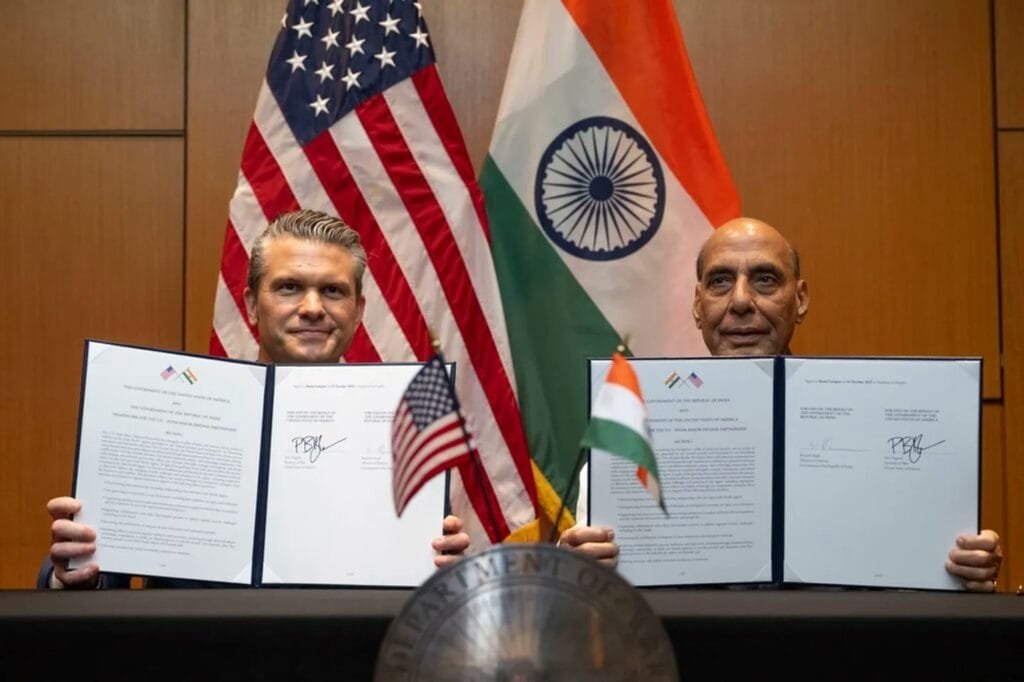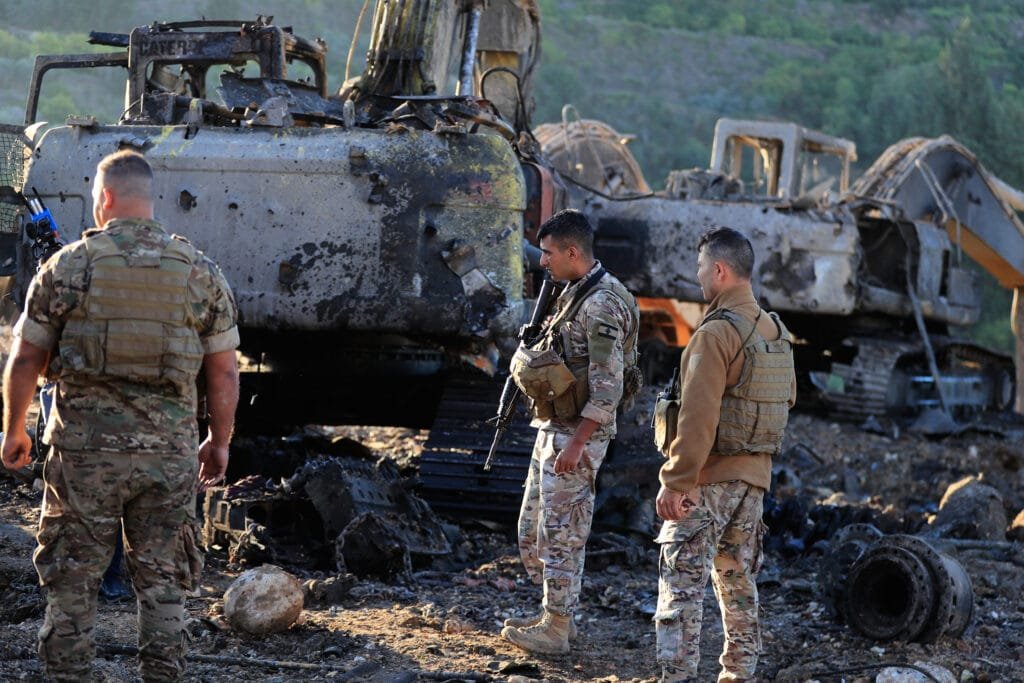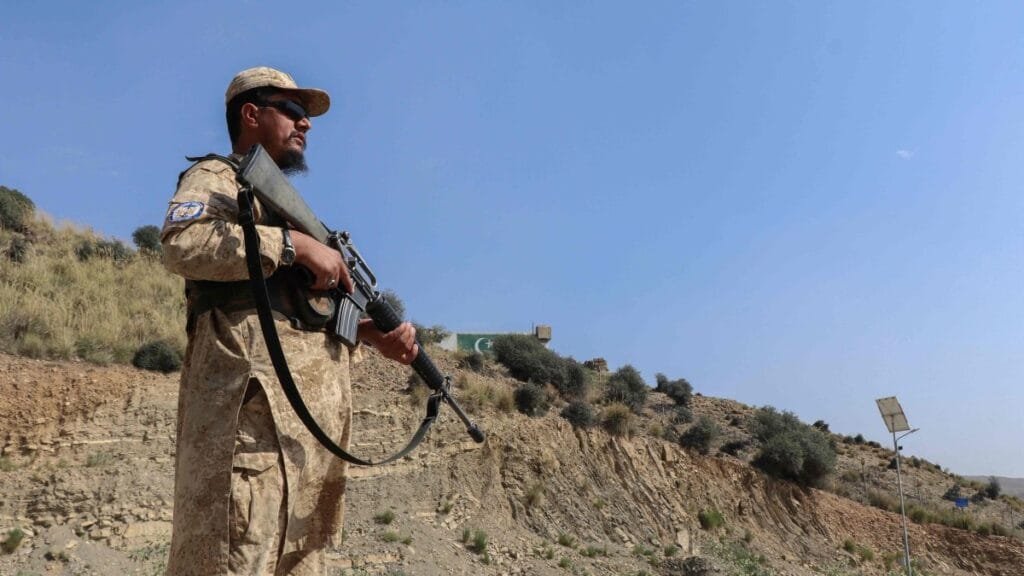Germany has signaled a historic shift in its defense posture under Chancellor Friedrich Merz, embarking on a sweeping procurement campaign to build what it intends to be the most powerful conventional army in Europe. The government has approved multi‑billion‑euro orders, including 20 new Eurofighter jets (worth €4–5 billion), up to 3,000 Boxer armoured vehicles (€7 billion), with deliveries stretching into the 2030s .
These acquisitions are part of a broader strategy funded by a landmark €100 billion modernisation fund and a significantly expanded annual defense budget projected at €83 billion in 2026, rising further as Merz’s government seeks to meet NATO’s 3.5% of GDP defence spending target by 2029 . To facilitate rapid procurement, Berlin is pushing a new draft law aimed at streamlining bureaucratic hurdles and speeding up contract awards, particularly to start‑ups and European suppliers, while easing tender thresholds and improving agility in defense supply chains .
Germany is also addressing critical military gaps planning to increase troop levels by up to 60,000, modernize air and missile defence with systems such as IRIS‑T and Skyranger platforms, and replenish ammunition stocks, including a record order worth roughly €8.5 billion with Rheinmetall . The defence industry is scaling up accordingly: companies like Rheinmetall are ramping production from 70,000 rounds in 2022 to an expected 1.1 million annually by 2027, and defence electronics firm Hensoldt reported 11% half‑year sales growth, fueled by new orders tied to the reform effort .
The ambitious agenda reflects German leaders’ response to heightened Russian aggression and uncertainties over U.S. security guarantees. Merz has framed the initiative as Germany stepping up to its role as Europe’s central security provider, pledging “whatever it takes” to strengthen the Bundeswehr —a dramatic shift from the country’s post‑war restraint on military power.
If executed successfully, Germany’s defence overhaul may redefine Europe’s strategic landscape, reducing dependence on U.S. forces, bolstering intra‑European defence collaboration, and repositioning Germany as a military hub within NATO and the EU.





